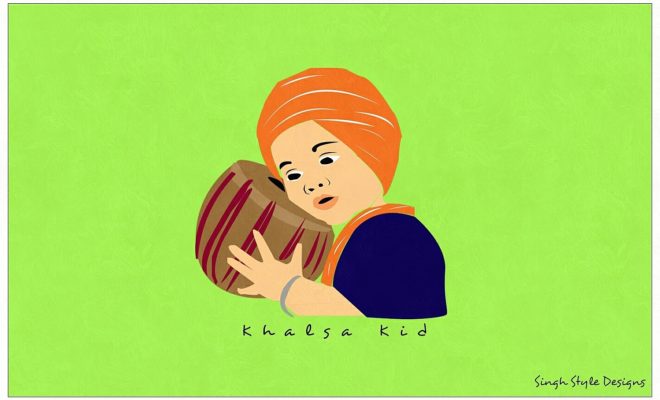
Sikh History
Some Facts about Gurbani Kirtan
What is Kirtan?
Kirtan has been defined in various ways. It means laudatory recital verbal and literary, of the name and qualities of a person. According to Sikh religion, kirtan is the devotional singing of the praises of God in melody and rhythm. The main aim of kirtan is to hymn the glory of God and to get spiritually closer to Him, because the goal in merger in Him. The Gurus commended it as the easiest and most effective way of spiritual fulfilment. The Sikhs place huge value on this type of singing and a Sikh is expected to listen to and/or sing Guru-Kirtan as frequently as possible. Traditionally the music used to accompany Kirtan has been Indian Classical Music, which is based on Ragas and taal.
‘Kirtan’ means singing of scriptural compositions in traditional musical measures. The word Kirtan may have originated from the word “Keerat” which in Punjabi language means ‘Praise’.
The Sikh practice of Keertan generally refers to a person playing a musical instrument (typically the Indian harmonium ie: vaajaa) and another person playing drums (typically the Indian traditional drums, ie: tablaa). The person playing the instrument sings sacred verses from the Sikh Spiritual scripture *Guru Granth Sahib ji*.
Gurbani is composed of two words: ‘Gur’ and ‘Bani’. Gur has multiple meanings depending on context. In Guru Granth Sahib, Gur is used for multiple meanings, as per context of hymn.
Gurbani is also referred to as Dhur Ki Bani (the speech from the Supreme house). In Adi Granth, it is considered a source of spiritual knowledge which illuminates the mind and gives internal bliss.
Devotional singing in Sikhism is called a Kirtan. It is typically performed at Gurdwaras (Sikh temples), wherein Sikh scriptures and legends are recited in a song, set to a certain raga and accompanied with music
A Kirtan in Sikh history has been the musical analog of Kathas recitation, both preferably performed by ragi jatha, or professional trained performers
Sikh musical instruments
The instruments used in the Sikh music are the ‘Firandia’ Rabab, Saranda, Jori, Taus, Dilruba and the Dhadh Sarangi or Tota.
The Sikh scripture contains 31 Ragas and 17 talas which form the basis for Kirtan musical compositions.
Ragas in Kirtan
Ragas have a direct relationship to human moods and the following are the connections between Ragas and feeling:
- Soohi – joy and separation
- Bilaaval – happiness
- Gaund – strangeness, surprise, beauty
- Sri – satisfaction and balance
- Maajh – loss, beautification
- Gauri – seriousness
- Aasa – making effort
- Gujri – satisfaction, softness of heart, sadness
- Devgandhari – no specific feeling but the Raag has a softness
- Bihaagra – beautification
- Sorath – motivation
- Dhanasari – inspiration, motivation
- Jaitsree – softness, satisfaction, sadness
- Todi – this being a flexible Raag it is apt for communicating many feelings
- Bhairaagi – sadness, (Gurus have, however, used it for the message of *Bhakti)
- Tilang – this is a favourite Raag of Muslims. It denotes feeling of beautification and yearning.
- Raamkali – calmness
- Nat Narayan – happiness
- Maali Gaura – happiness
- Maaru – giving up of cowardice
- Tukhari – beautification
- Kedara – love and beautification
- Bhairav – seriousness, brings stability of mind
- Basant – happiness
- Sarang – sadness
- Malaar – separation
- Jaijawanti – viraag
- Kalyaan – Bhakti Ras
- Vadhans – vairaag, loss (that is why Alahniya is sung in this Raag when someone passes away)
- Parbhati – Bhakti and seriousness
- Kaanra – Bhakti and seriousness
Taals in Kirtan
In connection with Tala or musical beats/rhythms and the ‘Ghar’ in the SGGS, the following can be concluded.
GHAR 1 – DADRA TAAL (There are 1 Taalis and the Beat has 6 Maatraas)
GHAR 2 – RUPAK TAAL (There are 2 Taalis and the Beat has 7 Maatraas)
GHAR 3 – TEEN TAAL (There 3 Taalis and the Beat has 16 Maatraas)
GHAR 4 – CHAAR TAAL (There are 4 Taalis and the Beat has 12 Maatraas)
GHAR 5 – PUNJ TAAL (There are 5 Taalis and the Beat has 15 Maatraas)
GHAR 6 – KHUT TAAL (There are 6 Taalis and the Beat has 18 Maatraas)
GHAR 7 – MUT TAAL (There are 7 Taalis and the Beat has 21 Maatraas)
GHAR 8 – ASHT MANGAL TAAL (There are 8 Taalis and the Beat has 22 Maatraas)
GHAR 9 – MOHINI TAAL (There are 9 Taalis and the Beat has 23 Maatraas)
GHAR 10 – BRAHAM TAAL (There are 10 Taalis and the Beat has 28 Maatraas)
GHAR 11 – RUDRA TAAL (There are 11 Taalis and the Beat has 32 Maatraas)
GHAR 12 – VISHNU TAAL (There are 12 Taalis and the Beat has 36 Maatraas)
GHAR 13 – MUCHKUND TAAL (There are 13 Taalis and the Beat has 34 Maatraas)
GHAR 14 – MAHASHANI TAAL (There are 14 Taalis and the Beat has 42 Maatraas)
GHAR 15 – MISHR BARAN TAAL (There are 15 Taalis and the Beat has 47 Maatraas)
GHAR 16 – KUL TAAL (There are 16 Taalis and the Beat has 42 Maatraas)
GHAR 17 – CHRCHARI TAAL (There are 17 Taalis and the Beat has 40 Maatraas)
Main message for Humanity
1) Only by the grace of a true Guru, the ego can be dissolved and eternal
happiness can be achieved.
2) To smilingly accept the will of God.
3) Selfless service of humanity is the true worship of God.
4) Women deserve the same respect as men.
5) Truth is highest of all, higher still is truthful living.

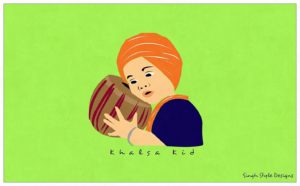
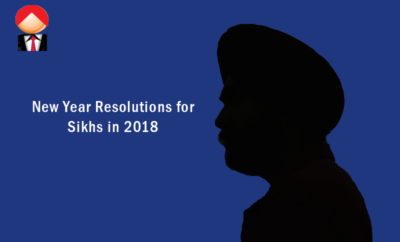

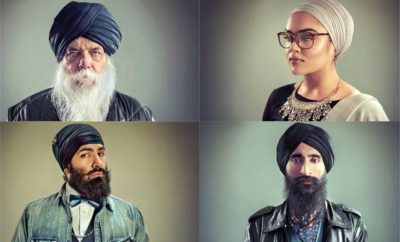



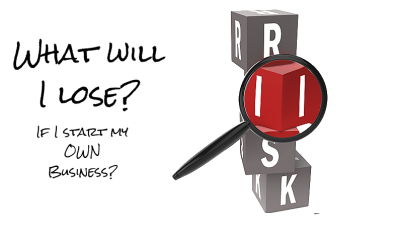
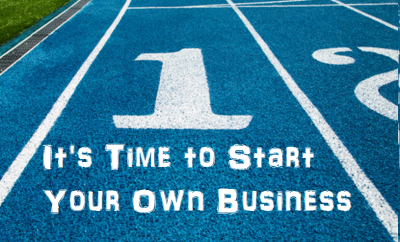
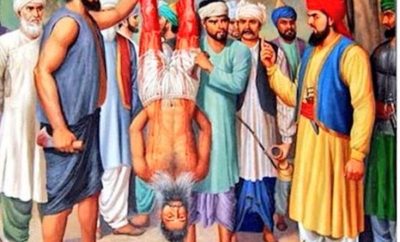


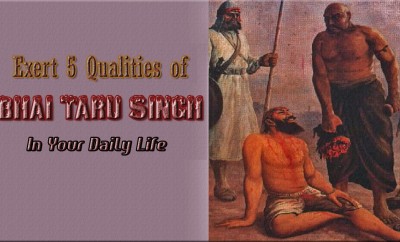
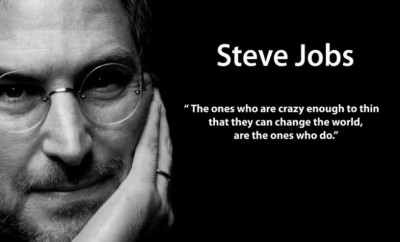


Rajat
July 12, 2017 at 8:14 pm
Very informative. Thanks for the information.